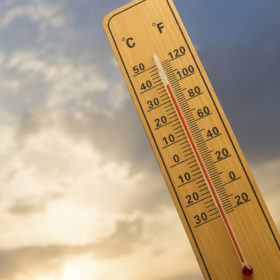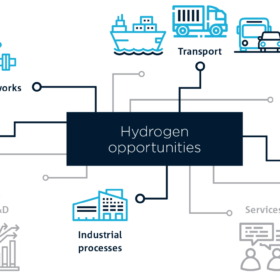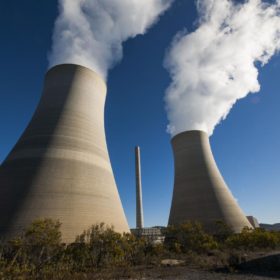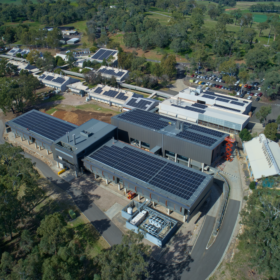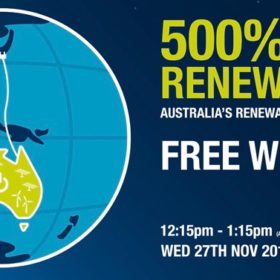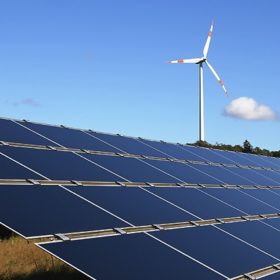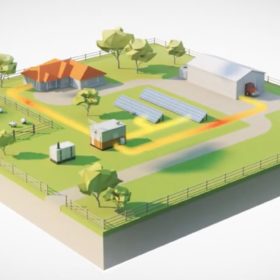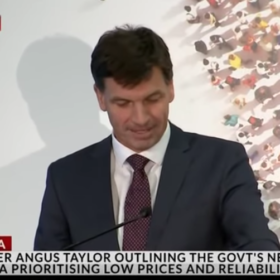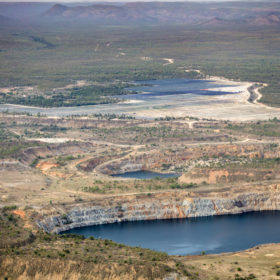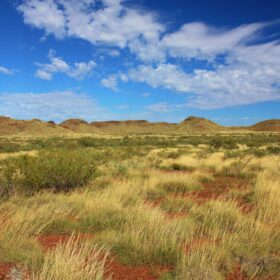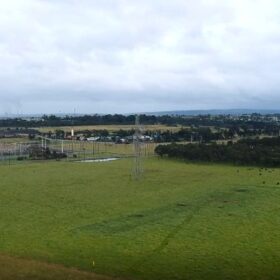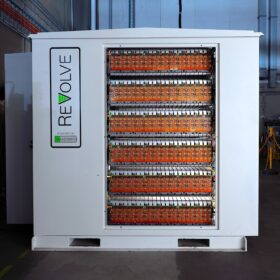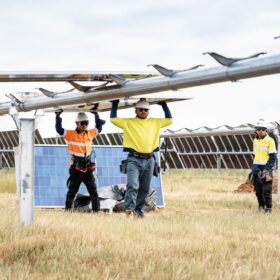Solar PV a great bulwark to summer blackouts, says AEMO
The release of AEMO’s 2019/20 Summer Readiness Report has set the scene for another summer of excessive heat and risk for the grid. However, AEMO has stressed the importance of the influx of solar PV to the grid.
CSIRO calls for more research to unlock $11 billion hydrogen potential
The national science agency, CSIRO, has mapped the critical research steps Australia must take to realise a potential 7600 jobs and $11 billion a year by 2050 from the burgeoning hydrogen industry.
Survey finds support for new carbon tax, but at what cost?
A University of New South Wales (UNSW) community survey has found majority support for the proposed Australian Carbon Dividend Plan, a plan to tax the biggest carbon emitters and redistribute to the Australian taxpayers.
Aquarius, Let the Sunshine In – Aquatic research facilities turn to solar
Three NSW government facilities for aquatic and agricultural research and development are reducing their grid-dependence by utilising solar PV.
Reindustrialising Australia, the path to 500% renewables
Australia has an undisputed competitive advantage when it comes to renewable energy, and many believe we can become a clean energy exportation superpower, but we have to reindustrialise ourselves first.
Clean energy investment confidence continues to slide
A survey run by the Clean Energy Council shows confidence in new clean energy investment continued to weaken over the past six months. While a big majority of industry representatives expect to hire more staff in the next 12 months, the biggest challenges to developing new projects remain unchanged with grid connection process and technical requirements and policy uncertainty at the top of their list of concerns.
SPS reaffirms its lead in the race to transform energy in rural WA
Stand-alone power systems (SPS) have reaffirmed its lead amongst technologies racing to transform energy in rural Western Australia.
Screws turn on Taylor: the government’s “most incompetent minister”
In a scandal that has Energy Minister Angus Taylor on the ropes and looking like a Labor Party punching bag to anyone with access to common sense and basic arithmetic, the NSW Police have launched an investigation into allegations a City of Sydney document was altered by Taylor’s office and supplied to News Corp.
Plan to go ahead as J-Power recommits to Kidston pumped hydro
The Kidston solar-pumped hydro project is back on its feet after Japanese utility J-Power and Genex Power renegotiated their deal with the extension of funding provided by the Northern Australia Infrastructure Facility Board earlier this month. The project had been thrown off-course after a shock decision by EnergyAustralia not to finalise a purchase agreement.
Clean energy must be rolled out six times faster
To have any hope of restricting global heating to a maximum of 1.5 degrees Celsius, the renewables success story which saw 108 GW of solar deployed last year needs to be cranked up to the next level – and fast.
